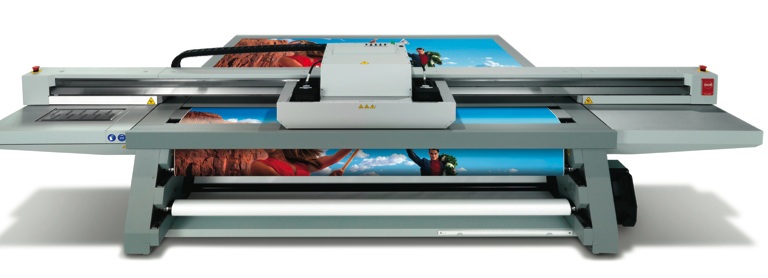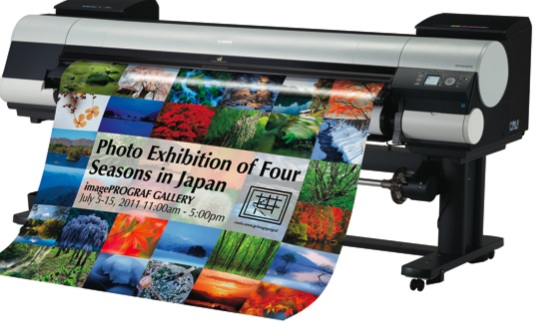In 2006, Disney paid £4.1bn to buy Pixar, the animation studio that had created such gems as ‘Toy Story’, ‘Finding Nemo’ and ‘The Incredibles’. As it turned out, that price was probably a bargain but Disney could have saved billions if its management hadn’t made the wrong call in the 1980s.
The irony is that a studio founded by master animator Walt Disney, that had been responsible for such marvels as ‘Snow White And The Seven Dwarfs’, had to pay so much to get back into a market it had once dominated. That’s because in the early 1980s – with the studio’s founding genius long dead – the company’s traditional values led it astray. Because traditional 2D animation required so much skill and resource, Disney had come to focus on blockbusters. So in 1982, when it delved into computer graphics to produce ‘Tron’, it looked at what it considered so-so grosses for the sci-fi feature and made the logical, but stupid, decision not to venture any further into computer graphics. Four years later, Pixar was founded when Steve Jobs bought the computer graphics of Lucasfilm. Within eight years, the new company was cooperating with Disney. The dissolution of that partnership in 2004 convinced Walt’s old firm it had to act – and it made a £4.1bn offer Pixar’s owners could not refuse.
If Disney had taken a longer, broader view of ‘Tron’, seeing the movie not just as a one-off item on a profit and loss account but as an investment in the cutting edge technology of computer graphics, Pixar might never have happened. Although this blunder gave the world ‘Toy Story’, it is a salutary reminder that merely by applying the conventional wisdom – or judging every project according to its traditional values – every company can get it spectacularly, expensively wrong.






